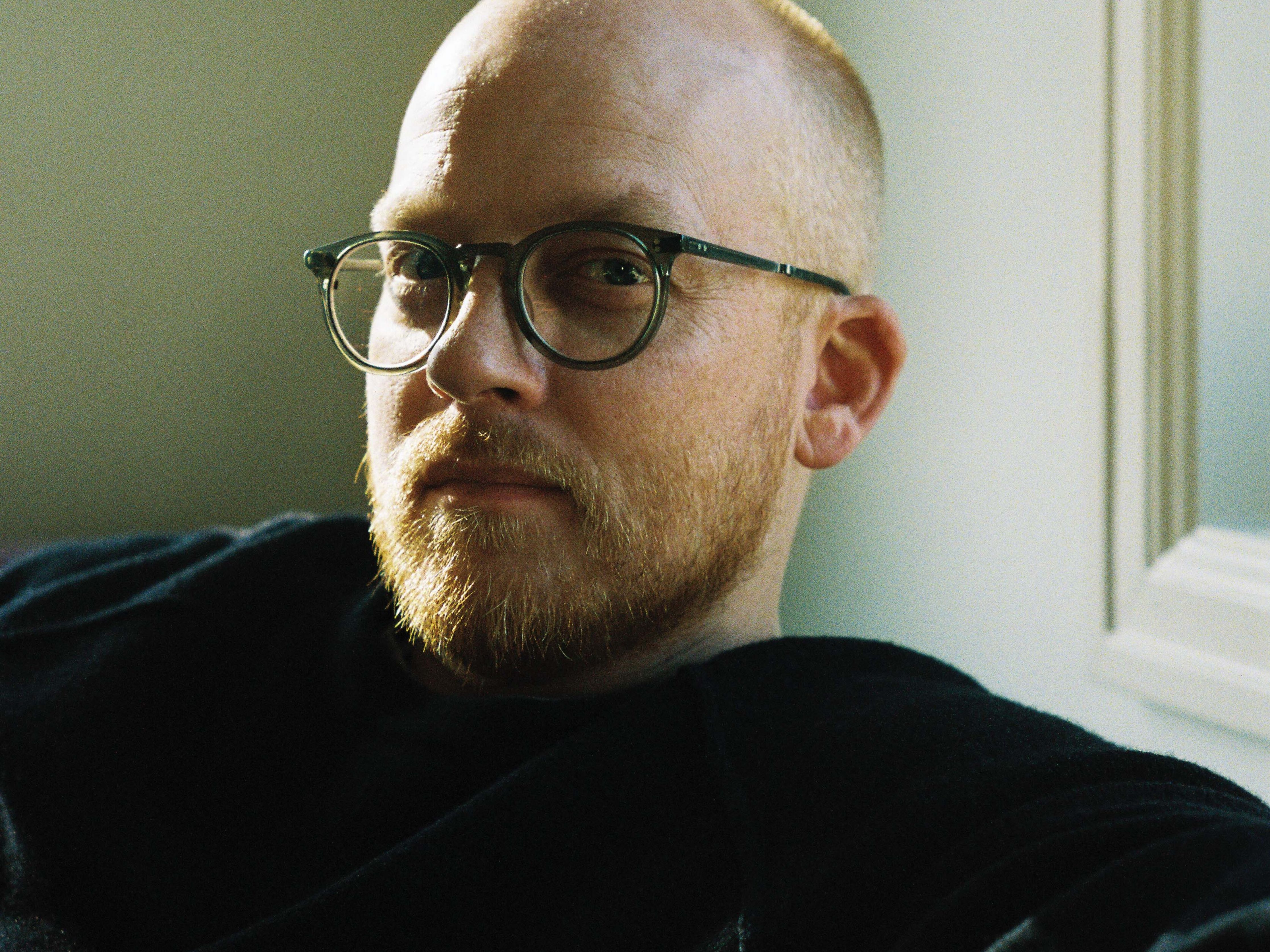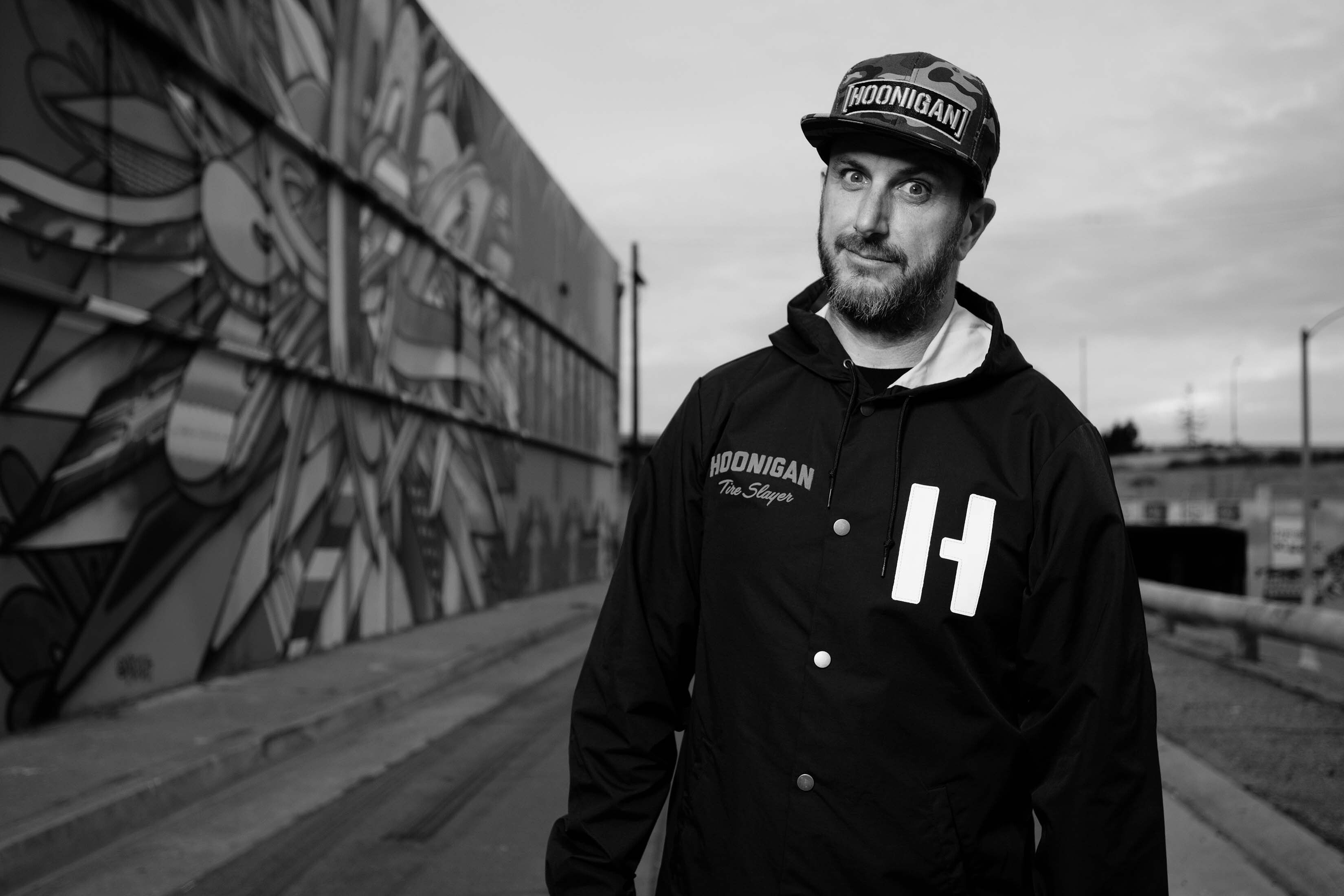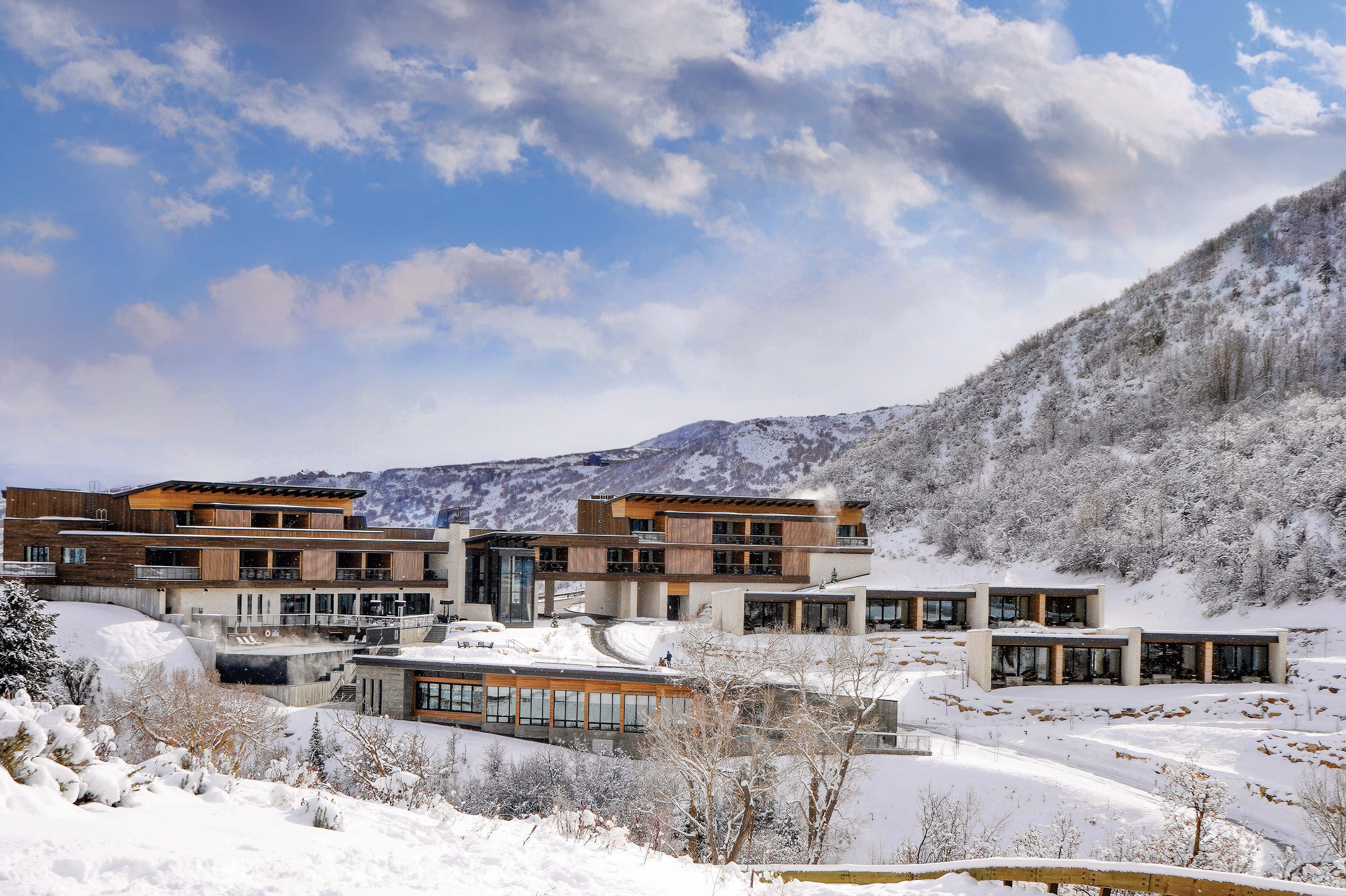Glenwood Cemetery: A Glimpse into Park City's Past
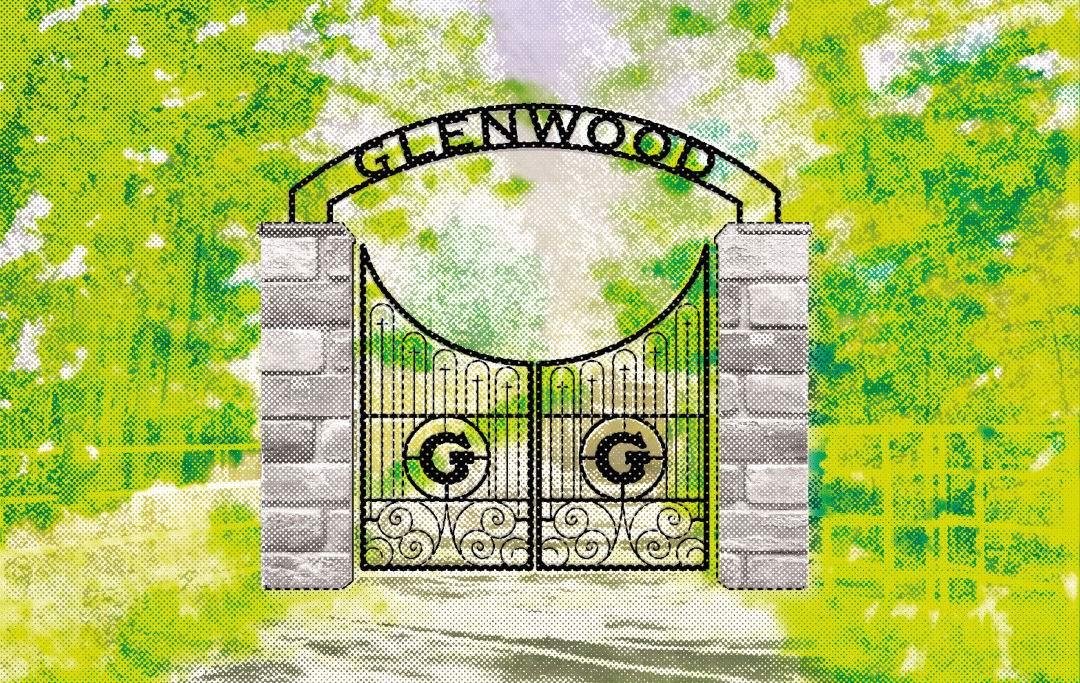
A small brook trickles through an aspen glade, dropping over a tiny waterfall to provide pleasant background music. A light breeze adds the rustle of leaves to the melody, as do the chirps of birds nesting in oak brush. To the sound, add sunlight filtered through the trees, highlighting the old stone markers poking through grasses and wildflowers. This is Glenwood Cemetery—Park City’s storybook.
The stories are told on the weathered tombstones of 949 permanent residents buried there from 1885 through the 1920s, when burials tapered off, although occasional burials continued until recently. The stories are heartbreaking, speaking of a time when Park City was a very different place. Those earlier generations of Parkites came to this mountain town not to play, but to work—and work hard.
“Lone is the house, sad the hours”
The Mawhinney family came for a better life than they had in Ireland. Instead, in Ellen and Robert’s family plot, count five little headstones. In 1880, newborn John died. Just three weeks later, four-year-old sister Agnes followed. Then, it was 2-year-old Rachel and 15-year-old Mary. Finally, namesake Robert, Jr. In those early days of town life, one of every five children died from the weather, poor sanitation, primitive medical care, or some combination of the three. The Mawhinneys seemed especially cursed.
“Sleep on dear child,” Margaret Kearns, 1892
Death was no respecter of class. Two-year-old Margaret, daughter of Silver King Mine Baron Thomas Kearns and his wife Jennie, rests nearby.
“To forget is vain endeavor,” Michael Crowley, 1902
For Irishman Michael Crowley, death came quickly when the Daly West dynamite bunker exploded 1,200 feet underground. On July 15 and 16, 1902, 34 miners and their rescuers died in Park City’s worst mining disaster. Several Glenwood graves share the same awful dates.
“Lonely the home and sad the hour,” David Northey, 21, 1891
“God in his wisdom has recalled,” Joseph Northey, 19, 1891
Cornish brothers David and James were experienced hard rock miners from southwest England. Cornish miners were the best in the world, but typhus and cholera, not accidents, killed them both within a month.
Patrick Coughlin, 23, 1896
There is no epitaph on “Patsy” Coughlin’s headstone. Glenwood’s “Book of the Dead” (housed in Park City Museum’s archives) notes he was “executed by the law.” What started as a prank, stealing strawberries from a peddler’s cart on Main Street, spun rapidly out of control. Sheriff Harrington took after Coughlin and his two co-conspirators. One was arrested, but Coughlin and Fred George stole horses and took off, hiding out in a shack near Evanston, Wyoming. By morning, a posse had the place surrounded and opened fire. In the melee, the posse wound up shooting two of their own in crossfire, killing both. Coughlin and George escaped again, only to get into a second shootout and escape again. After a third confrontation days later, the pair surrendered. Coughlin faced the firing squad.
The Glenwood, with its tall grasses, weathered tombstones, and 19th-century dates, feels like Park City’s oldest cemetery. In fact, the more visible city cemetery on Kearns Boulevard predates it.
Glenwood was the creation of fraternal orders, who wanted a place for their members and families. In the mining era, men joined fraternal orders for their insurance benefits and social connections. The Knights of Pythias, Odd Fellows, Ancient Free and Accepted Masons, Benevolent Protective Order of Elks, Modern Woodmen of the World, Woodmen of the World, Loyal Order of Moose, and the Ancient Order of United Workers—each had a section of the cemetery. Odd Fellows tombstones use three links of chain as a symbol. Look for a stack of stone logs marking the Woodmen, measuring tools engraved into the Masons’ stones, and the bull elk marking Elks.
As the mines began to close, starting in the 1930s, the Glenwood struggled to fund maintenance and upkeep as families of the dead moved from the impoverished town. By the 1970s, vandalism and neglect turned the place of rest into ramshackle abandonment. By 1980 though, citizen volunteers and families of the dead organized. A grand iron entry gate prevented car traffic, and a steel fence was built to surround all five acres. Overturned headstones were righted, and unmarked graves were researched and new markers placed above them. A citizen board supervised a cleanup, following guidelines for historic cemeteries that advise letting native grasses and wildflowers grow. A seasonal mowing each fall is delayed until the vegetation has re-seeded. As a result, some 40 varieties of native vegetation flourish, with mountain bluebells everywhere, accented by blue lupine, yarrow, wild geraniums, wedding lace, and many more.
The citizen board in recent years turned control over to the Park City Historical Society. Since then, state preservation grants have helped restore and stabilize 60 headstones with more to be done. Glenwood today pays renewed respect to the pioneers who built Park City and offers a calm, peaceful, beautiful place to find quiet in a much different town.
The Glenwood, which is listed on the National Register of Historic Places, is located at the end of Silver King Drive.
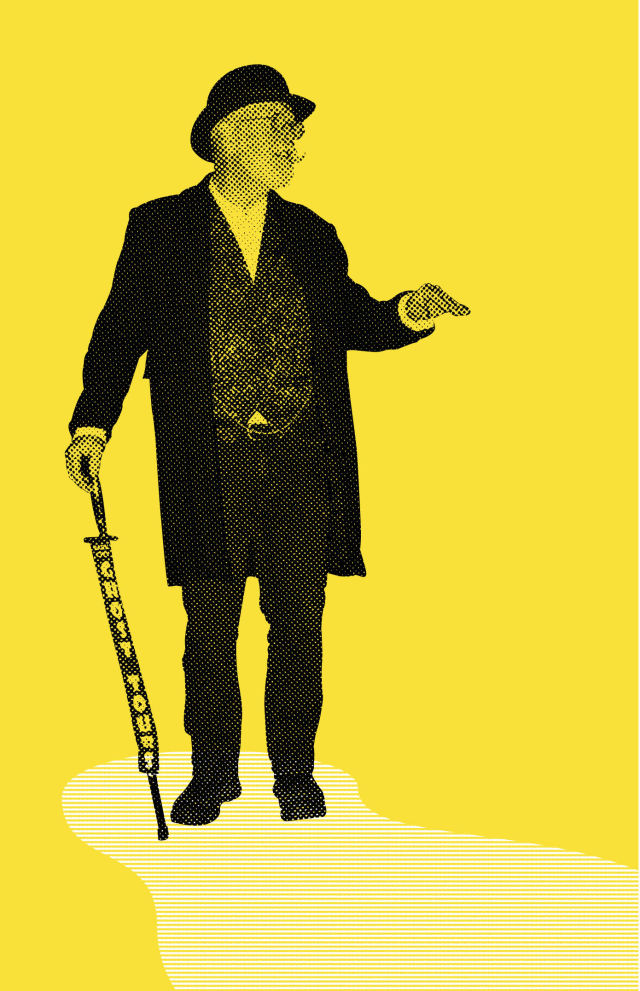
Spirited Happenings
Typically, each fall, the Glenwood hosts themed Cemetery Tours, an event in which actors stand by select graves and tell the story of who is buried there. Given evolving social distancing guidelines, check with Park City Museum and Historical Society for event status and details.
For a quirkier look at death and local “ghosts,” take the Park City Ghost Tour. Guides lead a walking tour of Main Street, spinning stories of mining millionaires, criminals, and everyday residents who died in old Park City. They even use technological tools to look for “paranormal” activity along the way. Tours (currently limited to 10 people, reserved and pre-paid online) leave from Miner’s Park on Main at 8 p.m.

